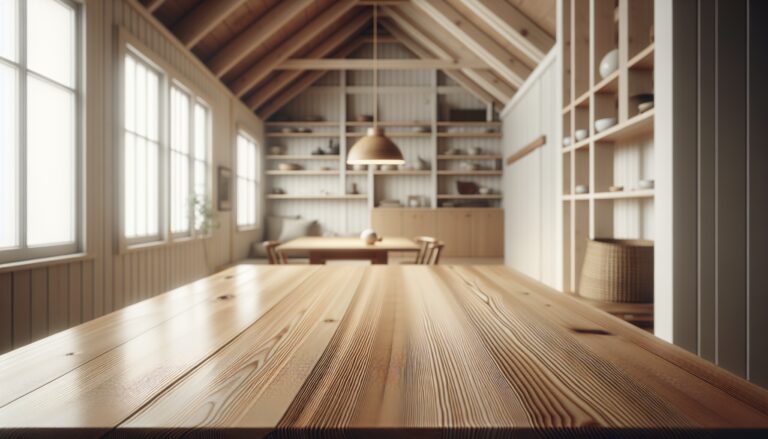Argomenti trattati
Embracing simplicity: The enduring appeal of Shaker-style design
In a world often overwhelmed by excess and clutter, the Shaker design aesthetic stands out as a beacon of simplicity and functionality. Originating from the Shaker religious movement in the late 18th century, this style emphasizes clean lines, practicality, and craftsmanship. Shaker-style homes are characterized by their no-frills approach, where every element serves a purpose, reflecting a philosophy that values order and tidiness.
Historical roots of Shaker design
The Shakers, a branch of Quakerism, settled in the United States during the 1780s, bringing with them a unique perspective on living and design. Their communities were built on principles of equality, simplicity, and communal living, which extended to their architectural choices. Shaker homes typically feature white walls, minimal ornamentation, and handcrafted furniture, all designed to promote a sense of peace and order. As interior designer Bethany Adams notes, this commitment to simplicity paved the way for modern design, making Shaker aesthetics feel fresh and relevant even today.
Key characteristics of Shaker-style homes
Shaker-style architecture is easily recognizable by its functional design and lack of superfluous decoration. The interiors are often adorned with practical features such as built-in cupboards, wooden furniture, and peg rails, which serve both aesthetic and functional purposes. The Shakers believed that every object in their homes should be useful, leading to a design philosophy that prioritizes quality craftsmanship over decorative excess. This approach not only creates a serene living environment but also encourages a lifestyle that appreciates the beauty in simplicity.
Modern interpretations of Shaker design
Today, the principles of Shaker design continue to resonate with those seeking a minimalist lifestyle. Many contemporary homeowners are drawn to the Shaker aesthetic for its ability to create calm and organized spaces. To achieve a Shaker-inspired look, one can start by painting walls in soft, muted colors and selecting furniture that emphasizes functionality. Incorporating handcrafted items, such as bentwood boxes or woven baskets, can further enhance the authenticity of the design. As Ana Maria Torres, an architect based in New York City, explains, the Shaker style is not merely a trend but a philosophical approach to living that values intentionality and craftsmanship.
In conclusion, the Shaker design aesthetic offers a timeless solution for modern living. By embracing simplicity and functionality, individuals can create spaces that reflect their values and promote a sense of peace in their everyday lives. As we navigate a world filled with distractions, the enduring appeal of Shaker-style design serves as a reminder of the beauty found in simplicity.

